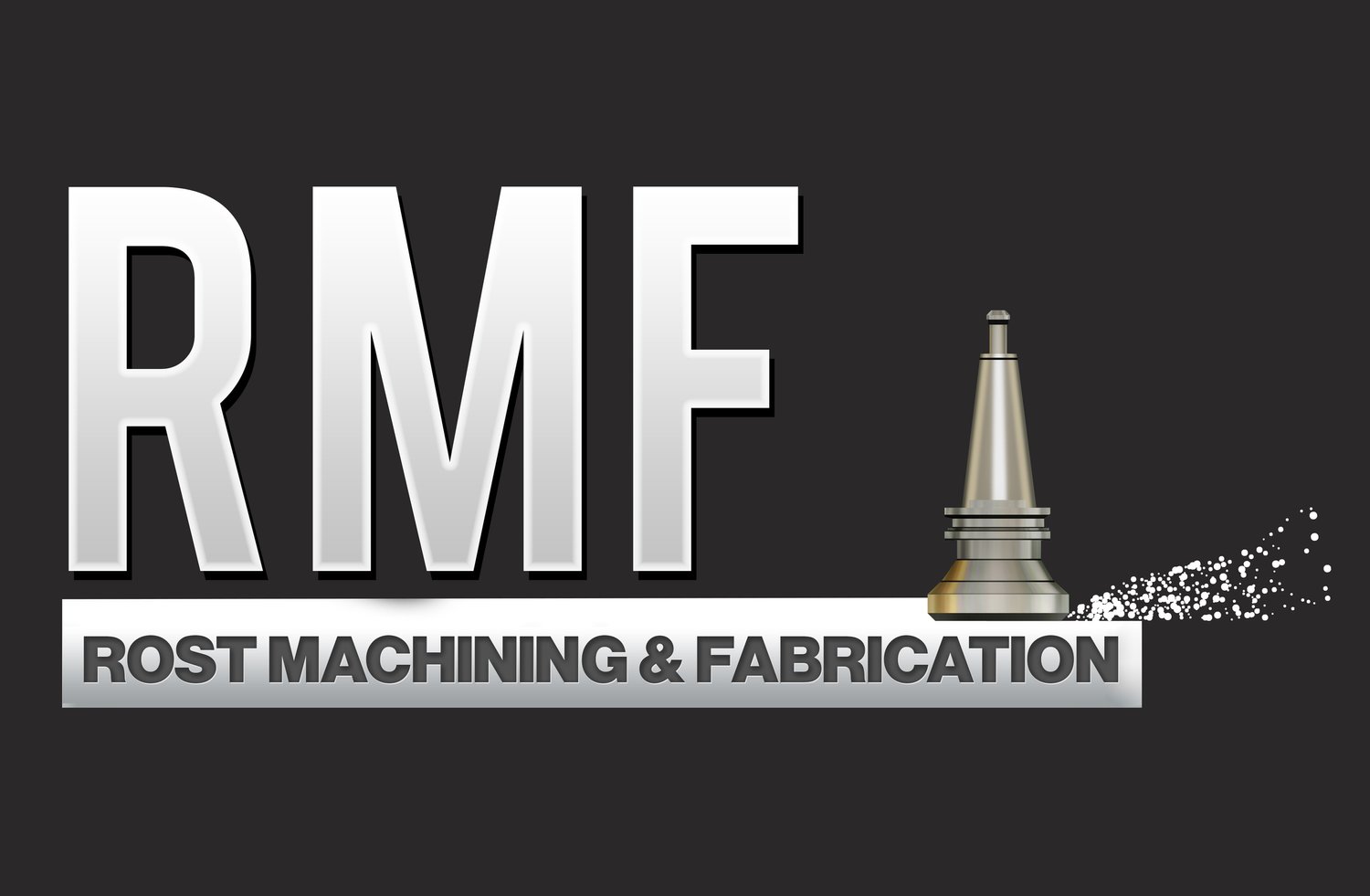Why Powder Coating Is the Best Finish for Fabricated Metal
Machining and fabrication are linchpins in the construction sector. Various aspects of daily life rely on fabricated metal products, from appliances used at home to critical, life-saving technology. However, fabricated metal products need proper finishing to ensure that they work the way their designers intended.
Why Do Fabricated Metal Products Need Finishing?
Raw and exposed metals can corrode or tarnish—salts, ultraviolet light, and rain can all rust or weaken this material. Proper finishing enhances a product’s life span and its durability. When you correctly finish a fabricated metal product, you also enhance its aesthetic appeal. Consequently, they become more visually pleasing for end-users—both the fabricator and end-user benefit from metal finishing.
How Powder Coating Revolutionized Finishing
In the past, fabricators used liquid paint to finish metal parts. Using this material wasn’t efficient, though—the process needed proper conditions and took time. With the introduction of powder-coating in the 1960s, manufacturers were able to streamline metal finishing. Powder coating improves the durability of an item and lowers its environmental impact. It also offers a premium appearance and allows fabricators to improve production time without compromising quality.
How Powder Coating Works
Knowing how powder coating works in machining and fabrication allows you to appreciate what it does thoroughly. The dry powder receives a positive electric charge in this process, and the material gets pressure-sprayed onto the unfinished metal object. This unfinished piece is grounded with a negative charge, so the interaction between it and the powder creates electrochemical change. The molecules then attach from the powder to the metal, allowing for an entirely uniform coating that does not sag or run. You can make a powder using various bases, including polyurethane, polyester, acrylic, epoxy, or a mixture of these materials.
After the fabricated parts get a uniform coating, they are placed in a high-temperature environment. Although the duration depends on the kind of powder used, the temperatures can reach 400 degrees Fahrenheit. After removing a powder-coated product from the oven, it is considered fully cured and can be used straight away. This process allows the coating and finishing of complex geometric shapes. After curing, powder-coated metal pieces will have a solid protective outer layer.
Why Choose Powder-Coated Metal?
A powder-coated finish has plenty of advantages over other options. For one, if you have a professional perform the process, you’ll be sure to protect your metal item from fading, chipping, scratching, and general wear and tear. What’s more, this type of finish ensures that your fabricated metal items don’t rust or corrode. Your item will look good as new throughout its lifecycle. This technique also makes your products low-maintenance—you do not need to repaint powder-coated items that often.
Conclusion
Besides the protection it gives your items, powder coating also uses less equipment and raw materials, requiring a shorter application time. Thus, it is less expensive than conventional painting, plating, or other types of metal finishing.
Overall, it reduces the amount of rejected work you create in machining and fabrication—it produces clean, smooth, and superior finishes compared to other methods. Finally, it is environmentally friendly, cost-effective, and safe. With all of these advantages, it is no wonder that powder coating is the preferred finishing method for many manufacturers!
Trust Rost Machining and Fabrication (RMF) with your precision machine fabrication needs. We are the premier provider of fabrication and finishing services in San Jose, CA. Whether you need laser cutting, welding, grinding, or more, we have you covered—speak with our experts today for inquiries!
